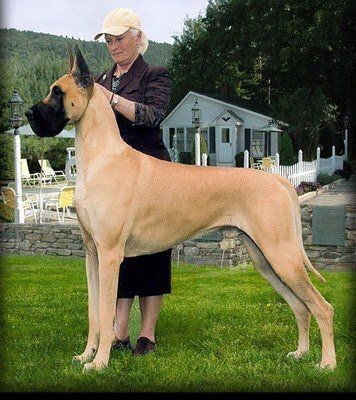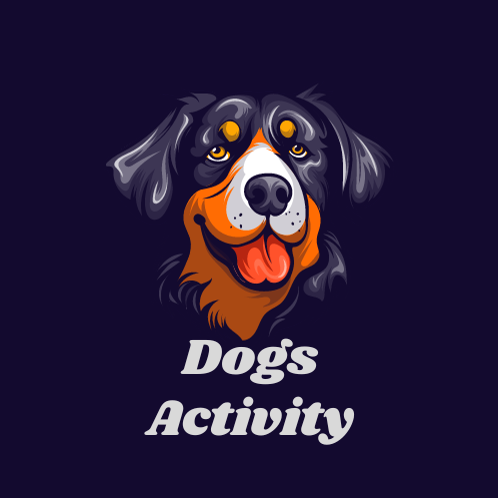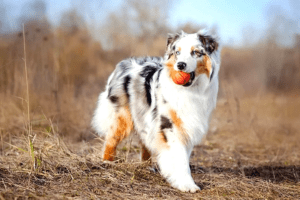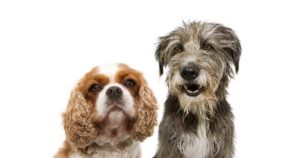
For decades, Scooby-Doo, the lovable and somewhat cowardly Great Dane, has been a staple in the world of animation and mystery-solving. As one of the most iconic animated characters, Scooby-Doo has left fans pondering a simple yet intriguing question: What dog breed is Scooby-Doo? In this exploration, we will unveil the mystery behind Scooby-Doo’s breed, examining the characteristics that make him so endearing to audiences worldwide.
I. The Mystery of Scooby-Doo’s Breed:
- Great Dane Revelation:
- Scooby-Doo, the character created by Hanna-Barbera, is indeed a Great Dane.
- The choice of a Great Dane for Scooby-Doo’s character was intentional, given the breed’s distinctive appearance and gentle nature.
- Character Traits:
- Scooby-Doo’s personality traits, including his love for food, tendency to be easily frightened, and loyal nature, align with the typical characteristics of Great Danes.
II. Pros and Cons of Great Danes: Scooby-Doo’s Real-Life Counterpart
To offer a comprehensive understanding of Great Danes, let’s explore the pros and cons of this majestic breed in a table format:
| Aspect | Pros | Cons |
|---|---|---|
| Size | Majestic and imposing presence, making them excellent guard dogs | Potential for unintentional knocking over of small children or items |
| Temperament | Friendly and affectionate, known as “gentle giants” | May experience separation anxiety if left alone for long |
| Intelligence | Highly trainable and eager to please | Prone to boredom, requiring mental stimulation and regular exercise |
| Exercise Needs | Moderate exercise requirements, despite their large size | Be cautious with exercise in puppyhood to protect growing joints |
| Adaptability | Adaptable to various living environments | Require adequate space due to their size |
| Grooming | Short coat, minimal grooming needs | Can be messy eaters, requiring regular cleaning of their facial folds |
| Health Considerations | Generally healthy, but prone to certain genetic conditions | Short lifespan compared to smaller breeds, averaging 7-10 years |
III. Scooby-Doo’s Impact on the Great Dane’s Image:
- Popularity of Great Danes:
- Scooby-Doo’s portrayal as a Great Dane has contributed to the breed’s popularity.
- The lovable antics of Scooby-Doo have inspired many to consider Great Danes as family pets.
- Misconceptions:
- While Scooby-Doo’s character captures the friendly and gentle nature of Great Danes, it’s essential for potential owners to recognize the breed’s specific needs and potential challenges.
IV. Owning a Great Dane: Considerations and Care
- Space Requirements:
- Great Danes, despite their large size, can adapt to apartment living with sufficient exercise. However, a spacious home with a secure yard is ideal.
- Socialization and Training:
- Early socialization and obedience training are crucial to ensure that Great Danes grow into well-mannered and confident adults.
- Nutrition and Health:
- Due to their size, Great Danes may be prone to certain health issues such as hip dysplasia and heart conditions. A well-balanced diet and regular veterinary check-ups are essential.
- Exercise Routine:
- While they have moderate exercise needs, care should be taken not to overexert Great Dane puppies to protect their developing joints.
V. Scooby-Doo’s Legacy:
- Cultural Impact:
- Scooby-Doo has become an integral part of popular culture, influencing how Great Danes are perceived and contributing to the breed’s positive image.
- Continued Popularity:
- Generations of viewers have fallen in love with Scooby-Doo, ensuring that the Great Dane remains a sought-after breed for those looking to bring a bit of mystery-solving charm into their homes.
VI. The Great Reveal: Scooby-Doo’s True Breed
- Scooby-Doo’s True Identity:
- Scooby-Doo is portrayed as a Great Dane in the animated series created by Hanna-Barbera.
- The choice of a Great Dane for Scooby-Doo’s character was intentional, capturing the breed’s distinctive appearance and gentle demeanor.
- Characteristics Aligning with Great Danes:
- Scooby-Doo’s personality traits, including his love for food, tendency to be easily frightened, and loyalty to his friends, align seamlessly with the typical characteristics of Great Danes.
VII. The Scoop on Great Danes: Pros and Cons
To provide a comprehensive understanding of Great Danes, let’s delve into the pros and cons of this majestic breed in a table format:
| Aspect | Pros | Cons |
|---|---|---|
| Size | Majestic and imposing presence, making them excellent guard dogs | Potential for unintentional knocking over of small children or items |
| Temperament | Friendly and affectionate, known as “gentle giants” | May experience separation anxiety if left alone for long |
| Intelligence | Highly trainable and eager to please | Prone to boredom, requiring mental stimulation and regular exercise |
| Exercise Needs | Moderate exercise requirements, despite their large size | Be cautious with exercise in puppyhood to protect growing joints |
| Adaptability | Adaptable to various living environments | Require adequate space due to their size |
| Grooming | Short coat, minimal grooming needs | Can be messy eaters, requiring regular cleaning of their facial folds |
| Health Considerations | Generally healthy, but prone to certain genetic conditions | Short lifespan compared to smaller breeds, averaging 7-10 years |
VIII. Scooby-Doo’s Impact on the Great Dane’s Image:
- Popularity Surge for Great Danes:
- Scooby-Doo’s portrayal as a Great Dane has contributed significantly to the breed’s popularity.
- The lovable and goofy antics of Scooby-Doo have inspired many to consider Great Danes as family pets.
- Dispelling Myths:
- While Scooby-Doo captures the friendly and gentle nature of Great Danes, it’s essential for potential owners to recognize the breed’s specific needs and potential challenges beyond the animated world.
IX. Navigating Life with a Great Dane: Considerations and Care
- Space Requirements:
- Great Danes, despite their large size, can adapt to apartment living with sufficient exercise. However, a spacious home with a secure yard is ideal.
- Socialization and Training:
- Early socialization and obedience training are crucial to ensure that Great Danes grow into well-mannered and confident adults.
- Nutrition and Health:
- Due to their size, Great Danes may be prone to certain health issues such as hip dysplasia and heart conditions. A well-balanced diet and regular veterinary check-ups are essential.
- Exercise Routine:
- While they have moderate exercise needs, care should be taken not to overexert Great Dane puppies to protect their developing joints.
X. Scooby-Doo’s Legacy:
- Cultural Impact:
- Scooby-Doo has become an integral part of popular culture, influencing how Great Danes are perceived and contributing to the breed’s positive image.
- Continued Popularity:
- Generations of viewers have fallen in love with Scooby-Doo, ensuring that the Great Dane remains a sought-after breed for those looking to bring a bit of mystery-solving charm into their homes.
XI. Conclusion:
The mystery of Scooby-Doo’s breed has been solved, revealing the lovable and iconic character as a Great Dane. As we delve into the pros and cons of the Great Dane breed, it becomes clear that Scooby-Doo’s portrayal has had a lasting impact on how this majestic breed is perceived. For those considering a Great Dane as a pet, understanding their unique needs and characteristics is crucial to providing a happy and healthy life for these gentle giants. Scooby-Doo’s legacy endures, not only as a beloved cartoon character but also as a charming representative of the Great Dane breed.



